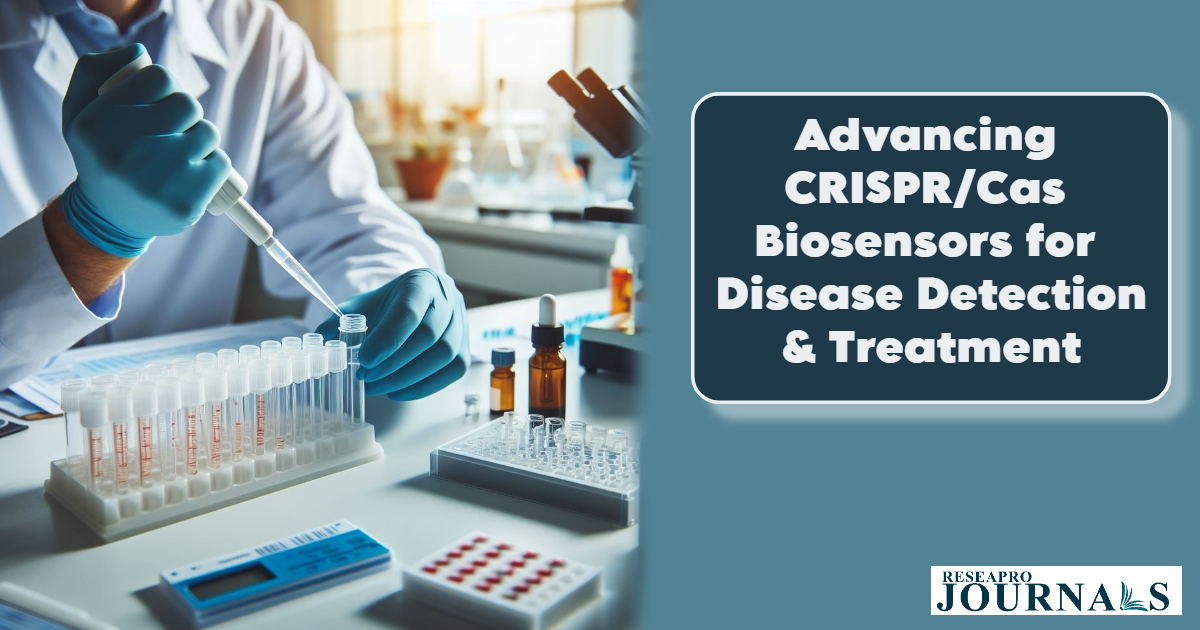|
Getting your Trinity Audio player ready...
|
CRISPR/Cas technology’s endonuclease activity has spurred genome editing, bioanalytical sensors, and disease diagnostics, notably for SARS-CoV-2 variants. Multiplexing capabilities enable sensitive detection of nucleic acids, proteins, and more. Despite successes, challenges persist, like limited multiplexing assays and off-target effects. Microfluidic integration shows promise but complexity delays immediate application. Spectral limitations in fluorescence-based assays hinder biomolecule quantification. In vivo CRISPR/Cas performance needs enhancement. Anti-CRISPR proteins and AI-assisted discoveries offer potential solutions. Future research might focus on DNA nano-architectures, diverse signal outputs, and exploring CRISPR effector mechanisms for improved diagnostic precision and therapeutic applications. These challenges and prospects illustrate vast potential for refining CRISPR/Cas-related applications.




